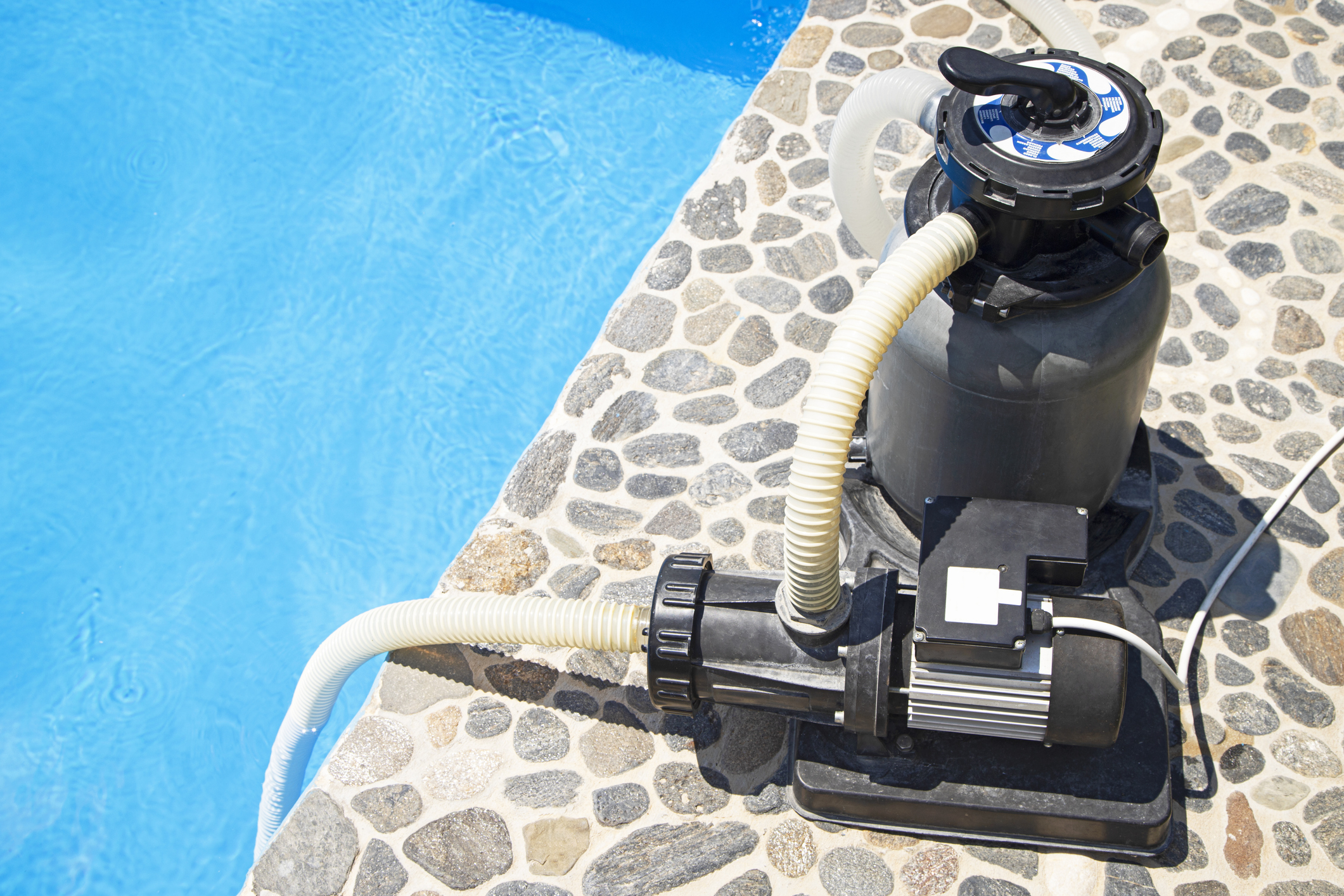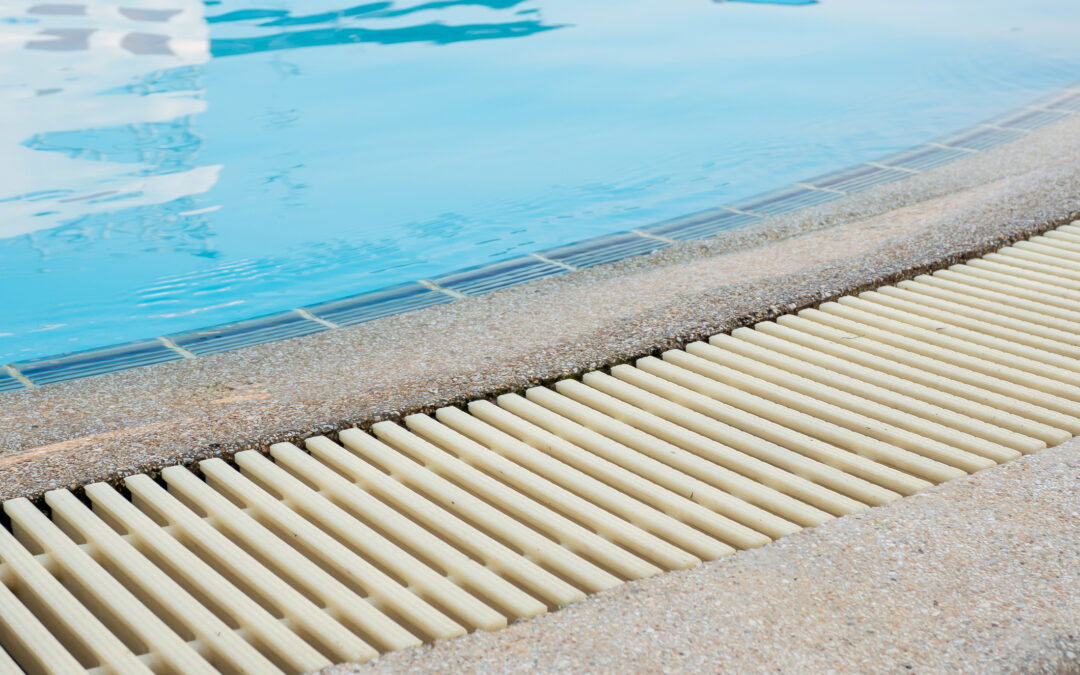As the days grow warmer, pool owners everywhere are gearing up for another fun-filled season. But before you dive in, it’s essential to ensure your pool plumbing is in tip-top shape. Ignoring potential issues can lead to leaks, clogs, or pressure problems that could derail your summer plans. Here’s what to watch for and how to address common pool plumbing concerns.
Unexplained Water Loss
One of the most obvious signs of a problem is a pool that won’t maintain its water level. While some loss from evaporation is normal, a significant drop could indicate a leak. If you notice yourself refilling the pool more often than usual, it’s time to investigate. The classic “bucket test” is a simple way to confirm a leak: place a bucket filled with water on a pool step, mark the levels inside the bucket and in the pool, and compare them after 24 hours. If the pool level drops significantly more than the bucket’s, you might have a problem.
Bubbles in the System
Air bubbles streaming out of your pool’s return jets are a red flag. These bubbles typically signal air entering the system, often from a crack in the pump lid, a loose fitting, or an issue with the suction side of the plumbing. While this might seem like a minor annoyance, it can strain your system and lead to larger problems if left unchecked.
Low Water Pressure
If your pool jets aren’t pushing out water as forcefully as they should, it might mean there’s a clog somewhere in the system. Clogs are often caused by debris buildup in the skimmer, pump basket, or filter. However, in some cases, a blockage deeper in the return lines could be the culprit. Persistent low pressure is not just inconvenient—it can reduce the efficiency of your pool’s circulation and filtration, potentially leading to algae growth or cloudy water.
Visible Damage or Wet Spots
 Sometimes the signs of plumbing issues are right in front of you. Take a walk around your pool and inspect the deck and surrounding area. Cracks in the pool deck or unusually soggy patches of grass can indicate an underground leak. Don’t ignore these subtle signals—they’re often easier (and cheaper) to fix before they escalate into major problems.
Sometimes the signs of plumbing issues are right in front of you. Take a walk around your pool and inspect the deck and surrounding area. Cracks in the pool deck or unusually soggy patches of grass can indicate an underground leak. Don’t ignore these subtle signals—they’re often easier (and cheaper) to fix before they escalate into major problems.
Spiking Water Bills
An unexpected increase in your water bill might point to a hidden leak in your pool system. If you’ve ruled out other household water usage changes, it’s worth taking a closer look at your pool plumbing. A professional plumber can help locate leaks using specialized tools like pressure testing or dye tracing.
When to Call in the Experts
While some issues can be resolved with basic maintenance, others require professional intervention. If you’ve checked for visible damage, cleaned your system, and are still experiencing problems, a pool plumbing specialist can diagnose and fix the issue. They have the expertise to handle complicated repairs like replacing underground pipes, repairing pump seals, or clearing hard-to-reach clogs.
Staying Ahead of Pool Plumbing Problems
The best way to avoid plumbing headaches is through regular maintenance. Clean your skimmer and pump baskets weekly, keep your water chemistry balanced, and schedule a professional inspection at the start of every season. Catching small issues early ensures your pool stays a source of fun—not frustration.
By staying proactive and keeping an eye out for these warning signs, you’ll be ready to enjoy a stress-free pool season. And if you do encounter a plumbing problem, go to our home page or contact Fite Plumbing, Heating & Cooling today. Contact us today to schedule a service or inspection and keep your pool running smoothly all summer long!


